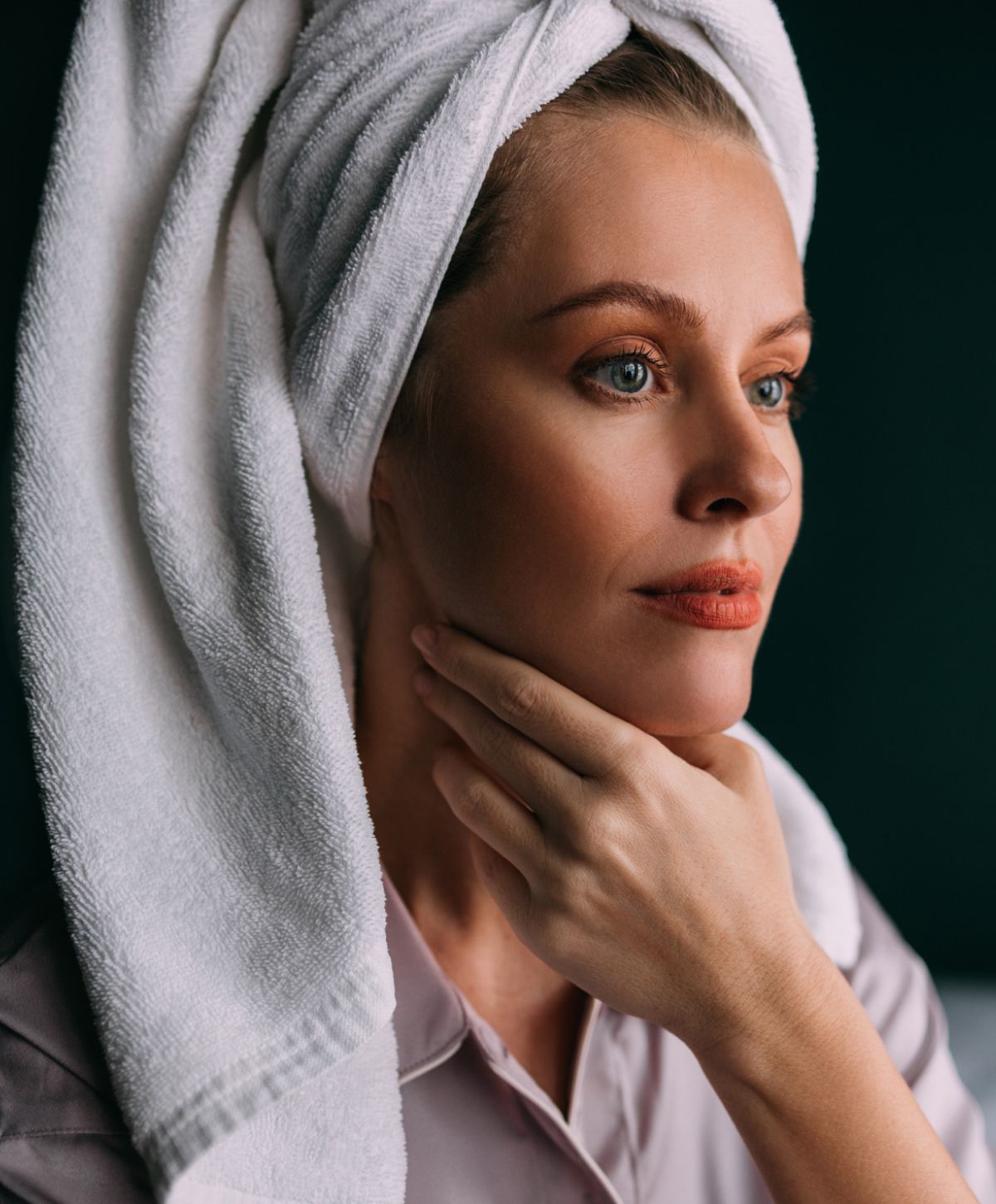

Hair loss is progressive and chronic affecting at least 50% of women by age 50 and 40% of men by age 35, which progresses to up to 70% of people in later life. Because hair is an important part of our appearance, hair loss can cause significant psychological impact resulting in symptoms of depression and diminished quality of life, especially in women. There are a number of intrinsic and extrinsic factors that contribute to hair loss including hormonal fluctuations, genetics, diet, oxidative damage and aging, and environmental aggressors such as ultraviolet light and pollutants.
The good news is that there are a number of treatments that have been shown through clinical trials to significantly improve hair growth in women and men through a multi-targeted approach that addresses inflammation, stress, and oxidative damage. Studio R Aesthetics is proud to partner with Nutrafol to provide the best bio-optimized nutraceuticals available for hair restoration coupled with the healing power of your own body using growth factors that stimulate hair follicles and hair regrowth.
Research now shows that hair loss is multi-factorial and the various hair loss disorders share many of the same causative factors:
1 of 2
Hair loss can appear in many different ways:
The Tug or Hair Pull Test can measure the severity of hair loss. A provider will grasp approximately 40 strands of hair between their thumb, index, and middle fingers as close to the scalp as possible. They will then tug using a small amount of force. If six or more strands fall out, you have active hair loss and may need our Charlottesville Hair Restoration treatments.

Chronic inflammation at the level of the hair follicle appears to be the common end point of all types of hair loss.
Within the local hair follicle environment, multiple cytokines, growth factors and transcription factors signal the follicle to go into anagen phase (growth phase) and play a role in regeneration and renewal. When there is inflammation, overproduced cytokines and transcription factors induce premature catagen phase (regression or cell death), produce reactive oxygen species that propagate inflammation, cause apoptosis (cell death), and result in perifollicular fibrosis (scarring) and miniaturization.
External factors such as ultraviolet light, pollutants, toxins, stress, aging, and smoking also promote inflammation and oxidative stress, contributing to hair loss.
Sustained and chronic stress increases cortisol levels, which leads to perifollicular inflammation and disruption of normal follicle function.
Increased DHT activity at the hair follicle induces the overproduction of factors that signal catagen and regression, block transition to anagen, and induce oxidative stress that results in inflammation, perifollicular fibrosis, and miniaturization.
Click Here to read more about the causes of hair loss and our treatments for Hair Restoration in Charlottesville.

Based on the multi-factorial causes of hair loss, Nutrafol has created a novel nutraceutical supplement that strengthens and promotes the growth of hairs in men and women with thinning hair. The primary ingredients are:
Saw Palmetto lowers follicle-shrinking DHT hormone to promote hair growth without compromising sexual function, which can happen with the FDA-approved medication finasteride
Sensoril Ashwagandha is an adaptogen that helps balance stress hormones ion the body to support a healthy hair growth cycle
Tocotrienol Complex is a concentrated form of Vitamin E, a super antioxidant that fights against environmental stress to improve hair density
Curcumin is a superior antioxidant that addresses multiple root causes of hair thinning and is substantially more potent than turmeric alone
Piperin is a natural bioenhancer that increases the bioavailability of curcumin through better digestion and absorption
Marine Collagen Peptides provide the building blocks of strong hair fibers, while delivering hydration to the scalp
Click Here to read more about Nutrafol's supplements
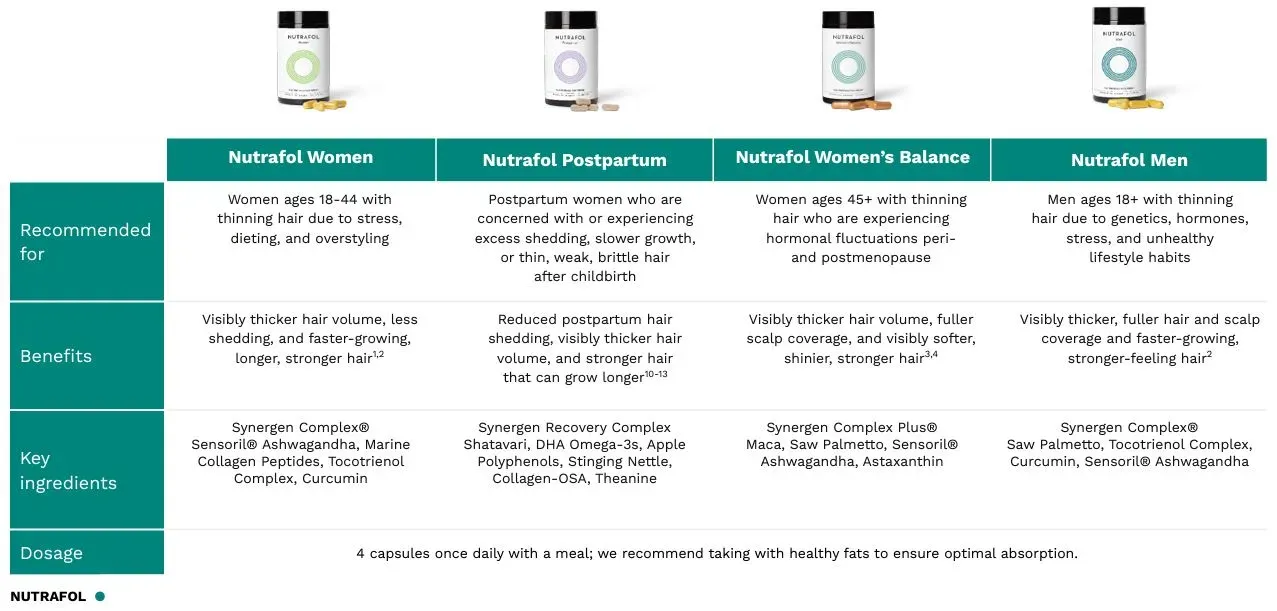
A review of clinical trials evaluating the effectiveness of growth factor injections for hair restoration found that the majority of studies included in the review demonstrated effectiveness in promoting successful hair regrowth after 3-4 monthly sessions performed on a monthly basis. These studies demonstrated significant increases in hair count (density) and shaft caliber, as well as an increased number of hair follicles in telogen. Patient satisfaction was typically very high and 60-70% of patients continued to undergo quarterly maintenance treatments with growth factor injections.
Click Here to read more about hair restoration treatment options
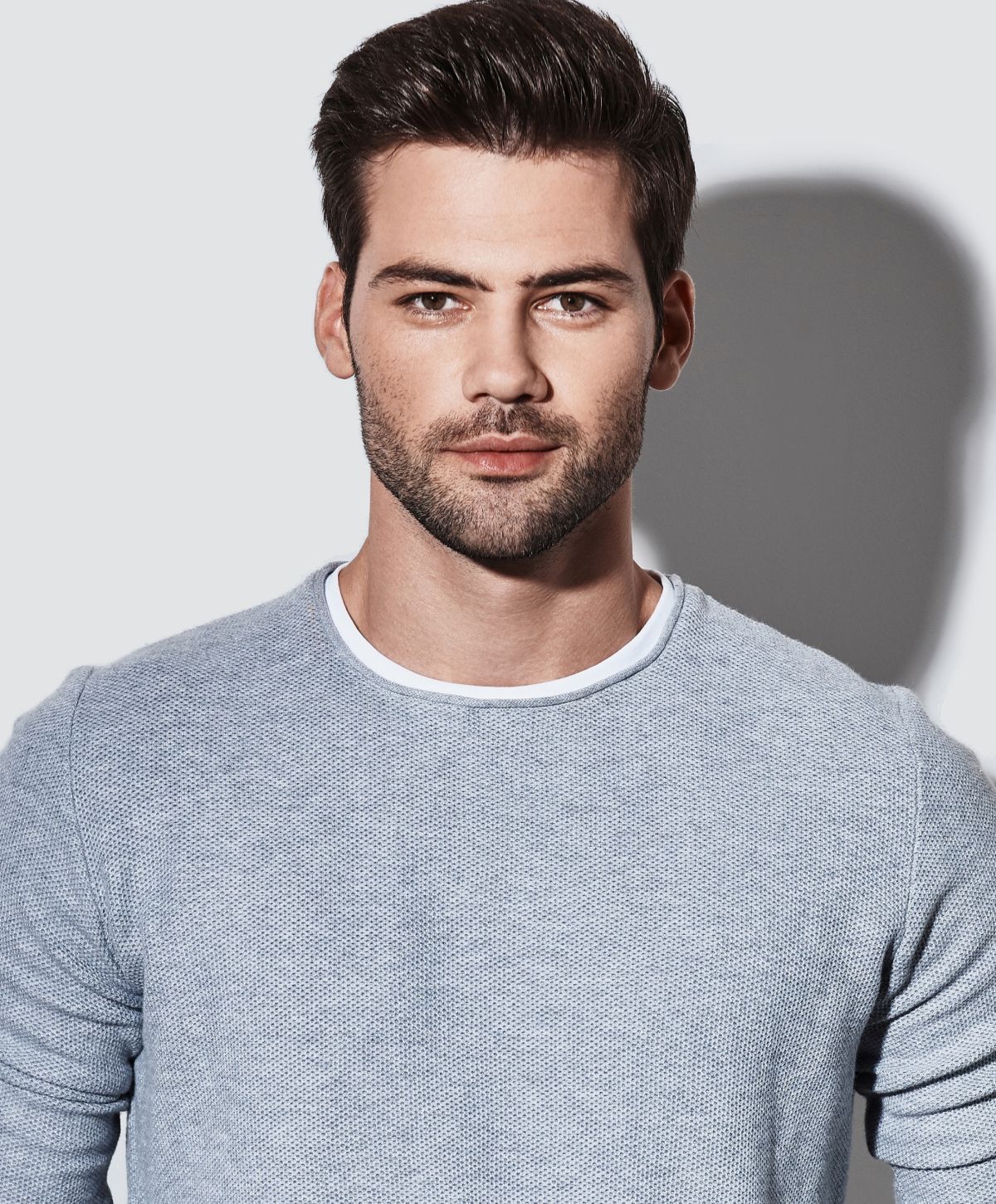
At Studio R Aesthetics, we ensure that our patients have access to treatments without fear of intolerable discomfort. We can use a Chiller device to blow cold air at -30 degrees on the treatment area, which desensitizes the nerve endings and reduces pain. We can also administer Pronox, which is a self-delivery nitrous oxide system that increases physical and emotional comfort for our patients.

Growth factor injections are generally considered safe when performed by a trained physician. Because growth factors are drawn from your own blood, there is no chance of having any kind of reaction. Growth factor injections may not be appropriate for patients with bleeding disorders, autoimmune disease, active injection, or currently taking anticoagulant medication. There is a very small risk of infection.
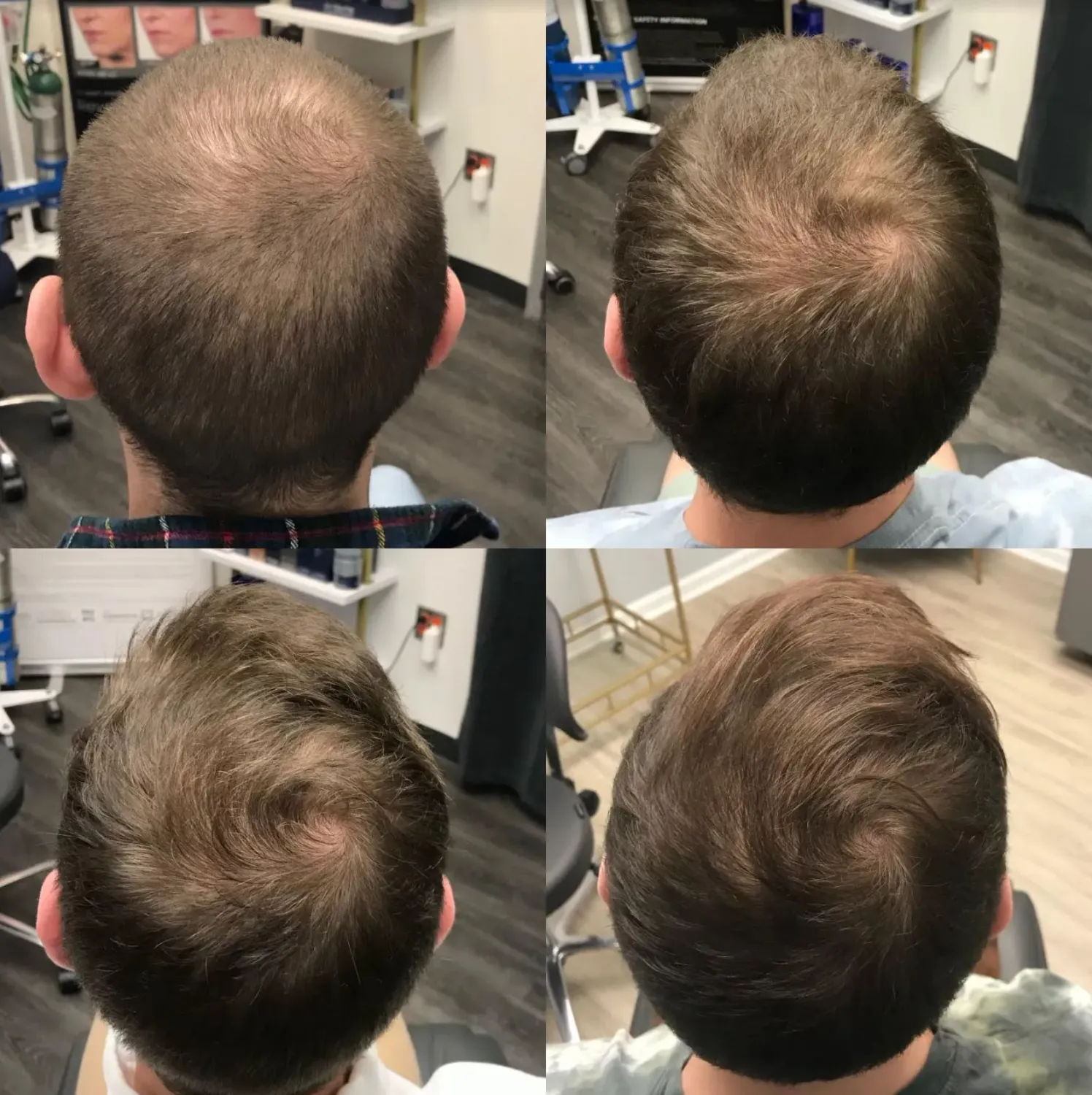
Above is a patient who underwent 3 injections of growth factor in the scalp with the pretreatment image on the top left and after the third treatment on the bottom right.
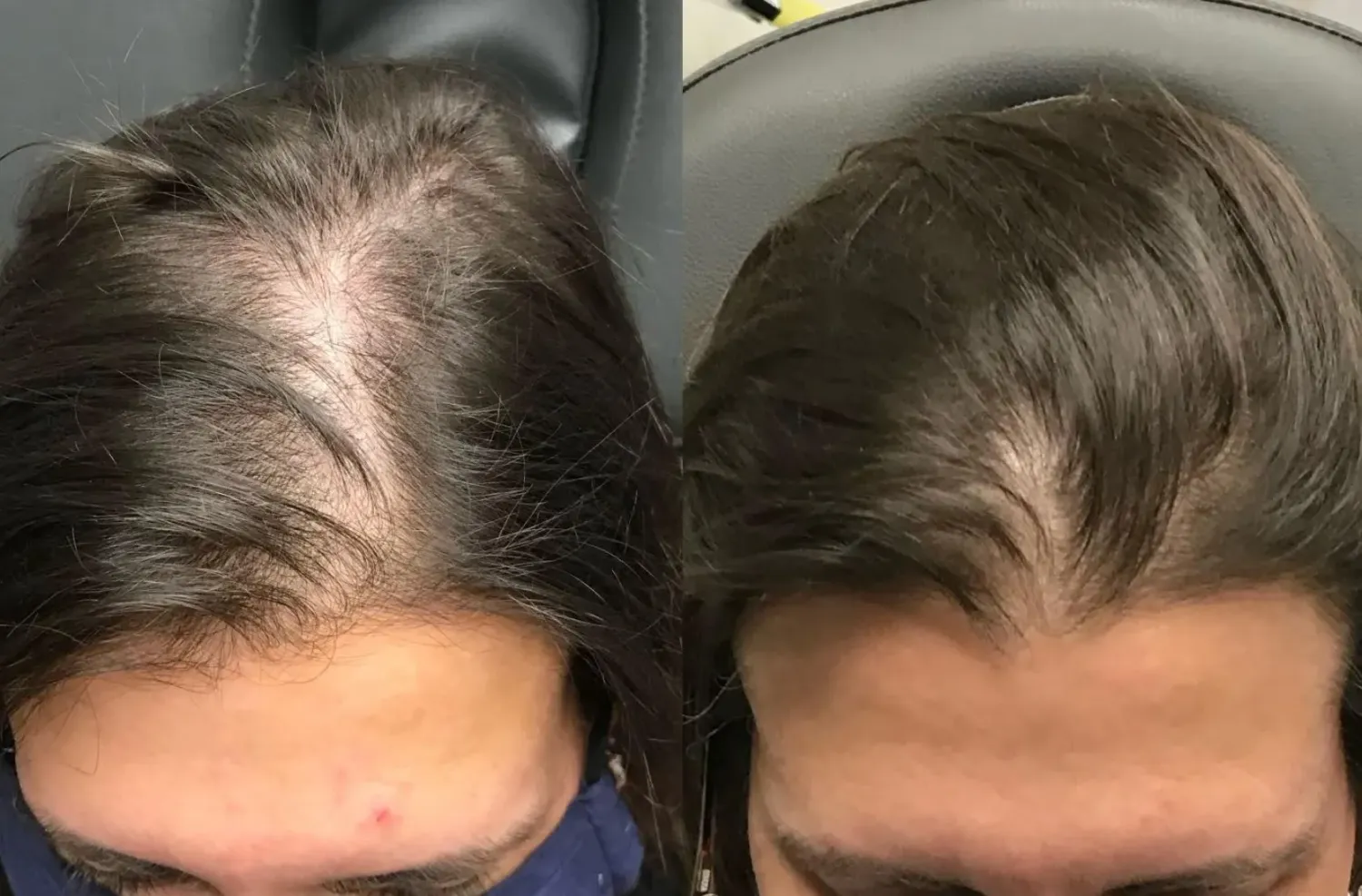
Above is a female patient who underwent two growth factor injections for hair growth with the pretreatment image on the left and posttreatment image on the right.
The process of drawing blood and separating into growth factors takes 10 minutes. The Hair Restoration injections typically take 15-20 minutes. The entire procedure is usually completed within 30 minutes.
First, we will collect a small amount of blood, much like a lab test. The sample is then removed and placed in a centrifuge, which spins the blood at a very high rate, separating the platelets from other blood components. Once the platelets have been concentrated into plasma, they may be used to treat the affected region. The growth factors signal proteins involved in the healing process and collagen-elastin cascade activation.
Discomfort varies depending on the patient and treatment location. There are a variety of approaches we can use at Studio R Aesthetics to minimize discomfort such as lidocaine injections, chiller blowing cold air at -30 degrees, and nitrous oxide (Pronox).
Growth factors are also known as “Liquid Gold.” It’s the ideal method to encourage cell development in the body. The patient’s blood is collected, processed, and then used in therapy. Growth factors can be used in several applications, including stimulating hair growth, reducing scarring appearance, promoting collagen production in the body, and much more.
Although individuals might initially anticipate noticing changes in their scalp hair after 3 months, it’s more likely that you will see benefits within 6 months. Clinical Hair Restoration trials have shown that the best results are achieved with 3 injections performed one month apart, followed by quarterly injections for maintenance.
The results of growth factor treatments are expected to be long-lasting, although they may vary from person to person. Dr. Segura recommends followup quarterly growth factor injections to maintain results.
The Studio R app helps our Rewards Program members:
Start getting rewarded!
